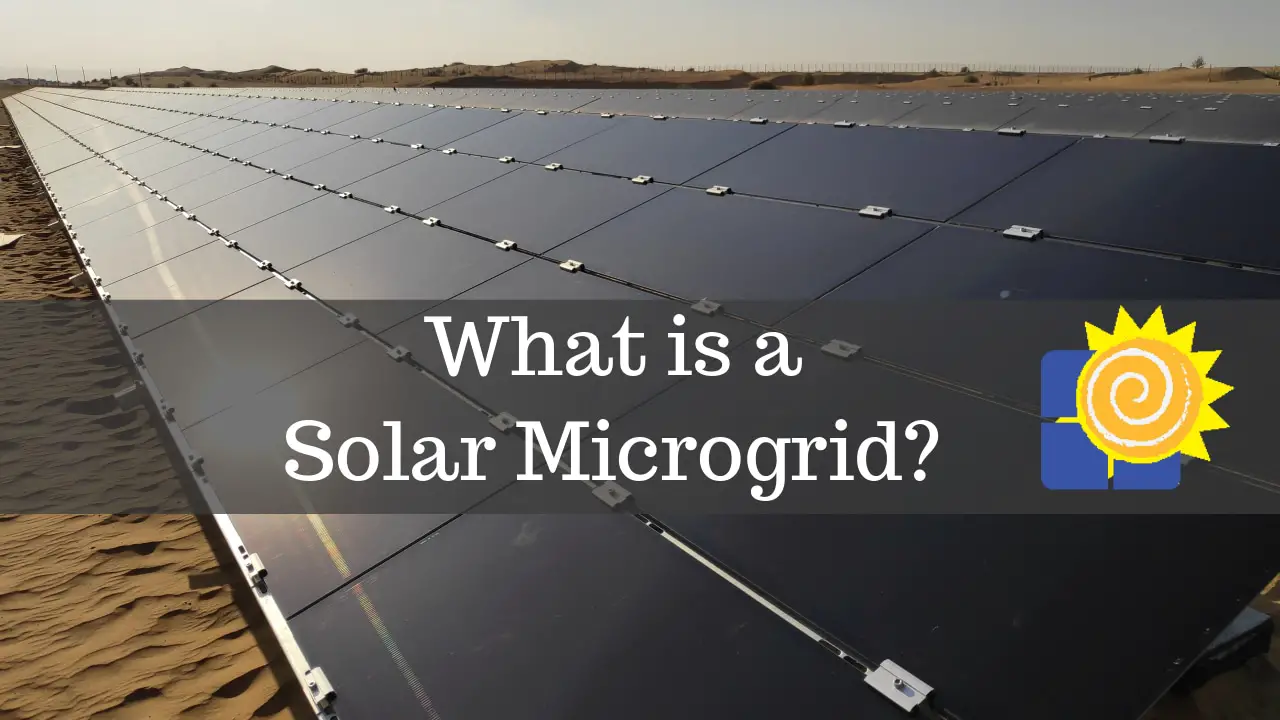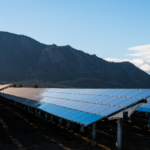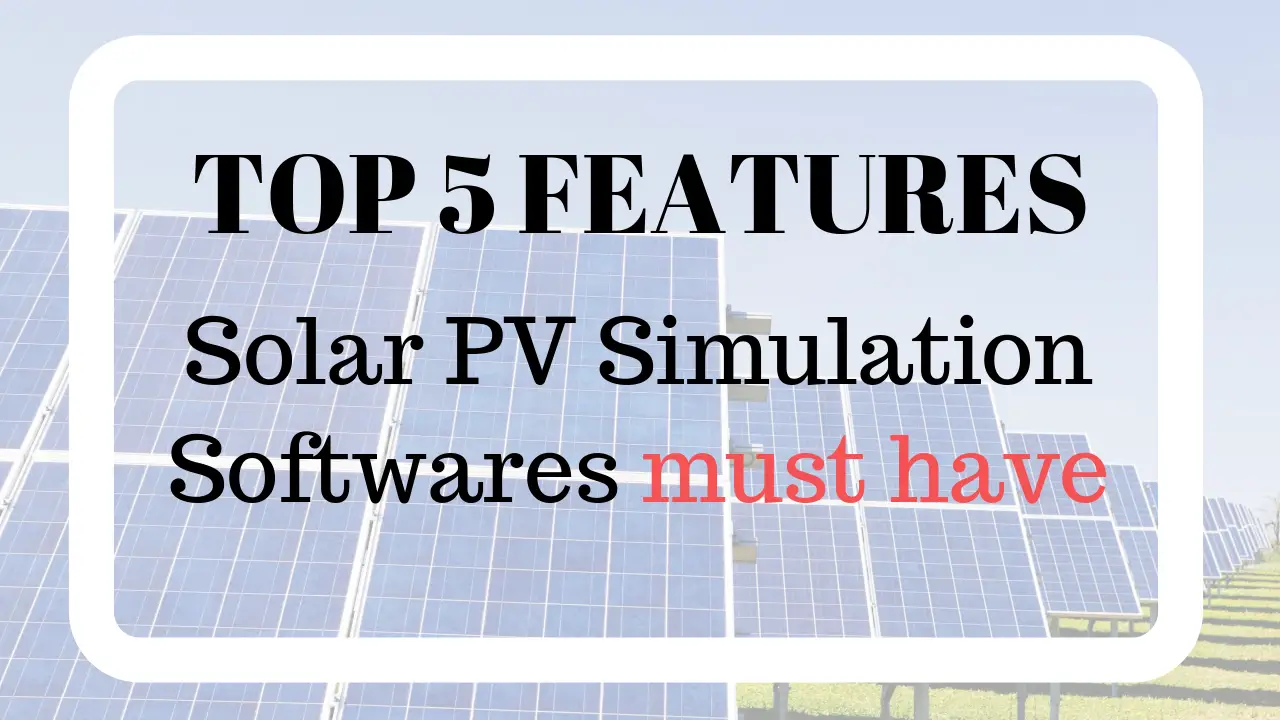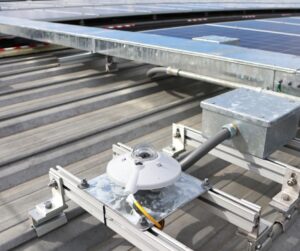For the past few years, more industries, institutions, and communities utilize solar microgrids to answer their power needs. Indeed, it is true for remote places where electricity from the utility grid is far from reach. Hence, the solar microgrid system is easily becoming one of the leading renewable energy solutions today.
However, how much do we know about this type of renewable grid system? This article features the facts, FAQs, pros, and cons concerning solar microgrids.
What is a solar microgrid?
A solar microgrid is an interesting type of a power grid system. It is a smaller version of a utility power grid. It is a network of electrical loads, generators, energy storage batteries, and solar PV systems. Depending on local regulations, the utility power system can be part of it as well. However, it operates like an off-grid island in most cases. This is usually the case when a stable utility grid is not available.
Solar microgrid utilizes solar energy as much as possible. It means it gives top priority to the usage of free energy from the sun before any other power source. Normally, it only runs a generator at minimum load to create the reference grid voltage for its solar PV inverters. Ideally, the main goal is to minimize, if not eliminate, the usage of non-renewable energy sources.
Moreover, a solar microgrid can also include an energy storage device with grid synchronization capability. This is commonly known as a battery bank or energy accumulator. One of the main reasons for adding this is to improve the overall reliability of the system. Aside from that, it uses the batteries to store excess solar energy for use at a later time.
With the combination of various systems, it is necessary to make sure everything works harmoniously. For this reason, it is necessary to have a Smart Controls System in place. What does it do exactly? The smart control system acts as the brain of the solar microgrid.
It systematically gathers all relevant information within the network of systems. It automatically sends commands to each system. Moreover, it makes sure everything functions safely and effectively. Thus, this keeps the solar microgrid system working, efficient and reliable.
Solar Microgrid Schematic Diagram

Where are solar microgrids used?
You will find solar microgrids in numerous places. Remote areas where access to power utility is not yet available greatly benefit from this type of power system.
Remote villages, off-grid islands, industrial projects, or even military operations have long been utilizing solar microgrids as their source of electrical power. Moreover, there is an increasing number of projects where that are used in urban places right now. For instance, they are also used to power hospitals, university campuses, data centers, or even commercial premises.
On military bases, it is critical to make sure the resiliency and reliability of their power source. That is why a microgrid would be necessary to avoid power outages. The mix of renewable resources like solar energy will reduce their generator fuel consumption.
Additionally, one can find solar microgrids on farms that are located in remote places. Farm owners usually rely on solar microgrids to provide much-needed power. It supplies electricity to its farmhouses, storage warehouses, and other electrical loads.
Why do we need solar microgrids?
There are many reasons why we need solar microgrids. Firstly, we need to reduce the use of fossil fuels as our source of electrical energy. By using solar microgrids, we can harness solar energy for daily usage. With this, we can help the environment become more sustainable.
And also, we need solar microgrids to minimize the costs of using electricity from unsustainable power sources. By harnessing the energy from the sun, we get the cheapest electrical energy available.
Furthermore, the excess solar energy can be stored on battery banks with enough Ah rating and be used during the night. In that way, there will be less and less amount of fuel that will be used. Secondly, reducing the overhead costs for everything is crucial in doing business. Because of that, many business owners now opt for solar microgrids.

How does a microgrid work?
In this video, you will find out how microgrids work. This will also give you a basic understanding of power distribution within the network of loads and energy sources, which is also called the grid.
What are the advantages of solar microgrid?
Learn about the potential benefits of solar microgrids by checking the list below. This will give you an idea of the possibilities the solar energy can offer. Certainly, this sustainable power solution is the future of renewable energy.
List of Advantages
- Firstly, business owners will pay less on their electricity bills. This will help the economic growth of the local area where solar microgrid is located.
- Secondly, carbon footprints will be reduced using solar microgrids. The usage of generators is reduced, thus, the level of CO2 emissions is also lowered down. This makes solar microgrids environmentally sustainable.
- This supports the researchers for sustainable energy. For each solar microgrid installed, the system improves and becomes more efficient.
- Adding renewable energy sources to the facility will increase the value of the property.
- By using solar microgrid, the power source of the facility becomes more reliable. It means, it can function independently from the utility system in case there is a power outage in the area.
- It reduces the energy demand from the existing utility grid, thus, improving its stability and efficiency in serving other loads.
- Solar Microgrid allows the storage of excess solar energy to battery banks. The energy stored can then be used during the night or even on cloudy days.
- It is an ever-evolving technology where one can learn numerous types of systems.
- Scalability. It means new loads and renewable energy sources can be easily added. That is the case if required electrical provisions are prepared beforehand.
What are the disadvantages of solar microgrid?
Furthermore, we will also take a look at the disadvantages that this type of power system has.
List of Disadvantages
- A solar microgrid requires regular maintenance of solar inverters and battery systems.
- It requires monitoring of the frequency and voltage levels of the whole system to be able to function effectively.
- Resynchronization of the utility grid can sometimes be difficult.
- The cost of battery systems are currently quite high.
- Overall protection of the system can be very challenging.
- The complexity of the entire solar microgrid increases the more you add another type of load or energy source.
To learn more, check out solar energy and other related topics by following us on social media.
Social Media: Facebook and Twitter



















too bad solar hasn’t turned the corner and become what easily COULD be, lots of wasted time and $$$ but the lie is repeated,
so it must be the only way
Solar energy is free , but its availability depends on the weather , as well as on the time of day ! Therefore , it needs the (costly) intermediate stage of storage to match the consumption needs !
Oil and coal , and atomic energy supplies are not free , but the cost of intermediate storage is much , much , much less !